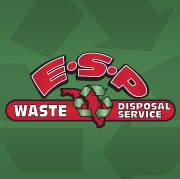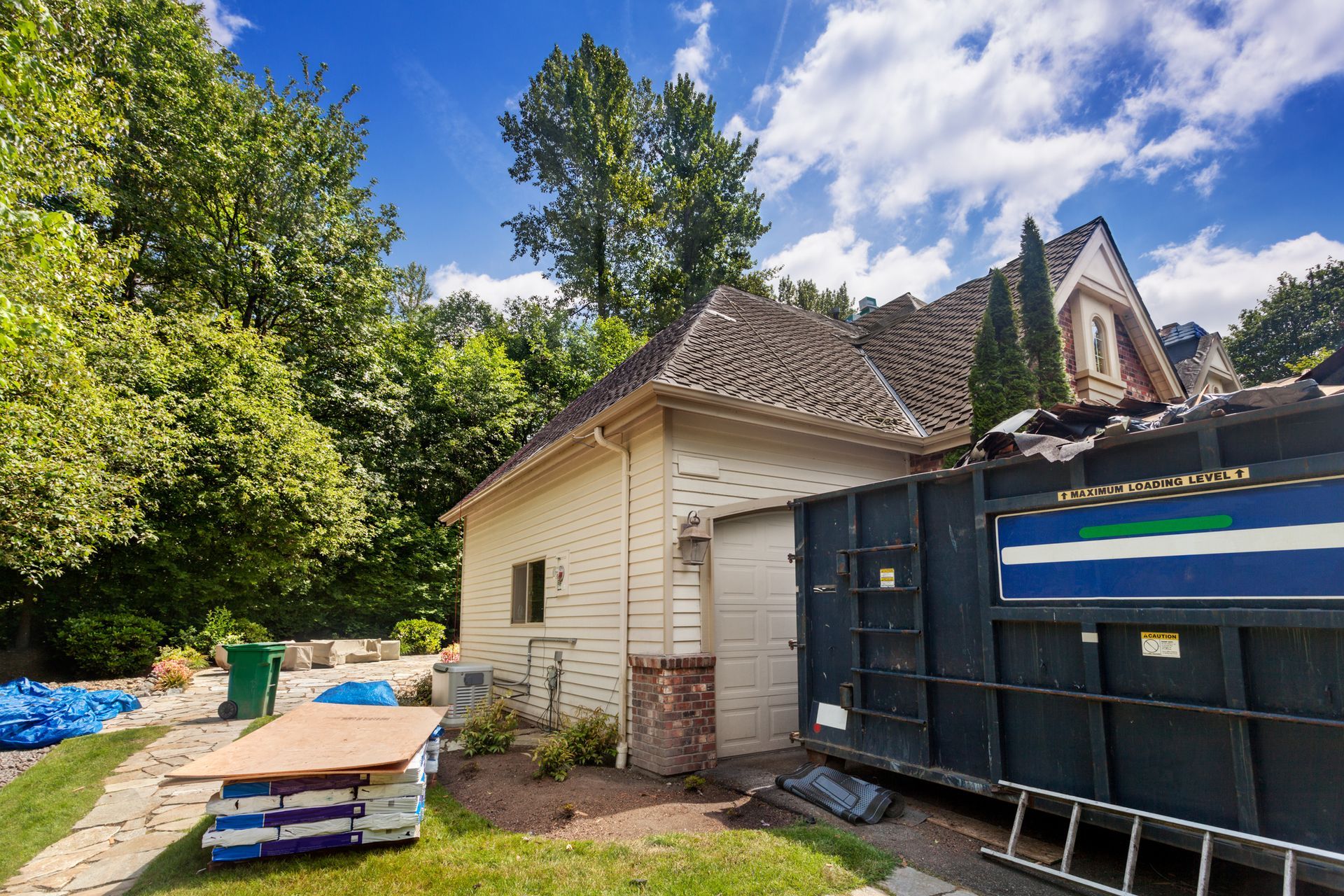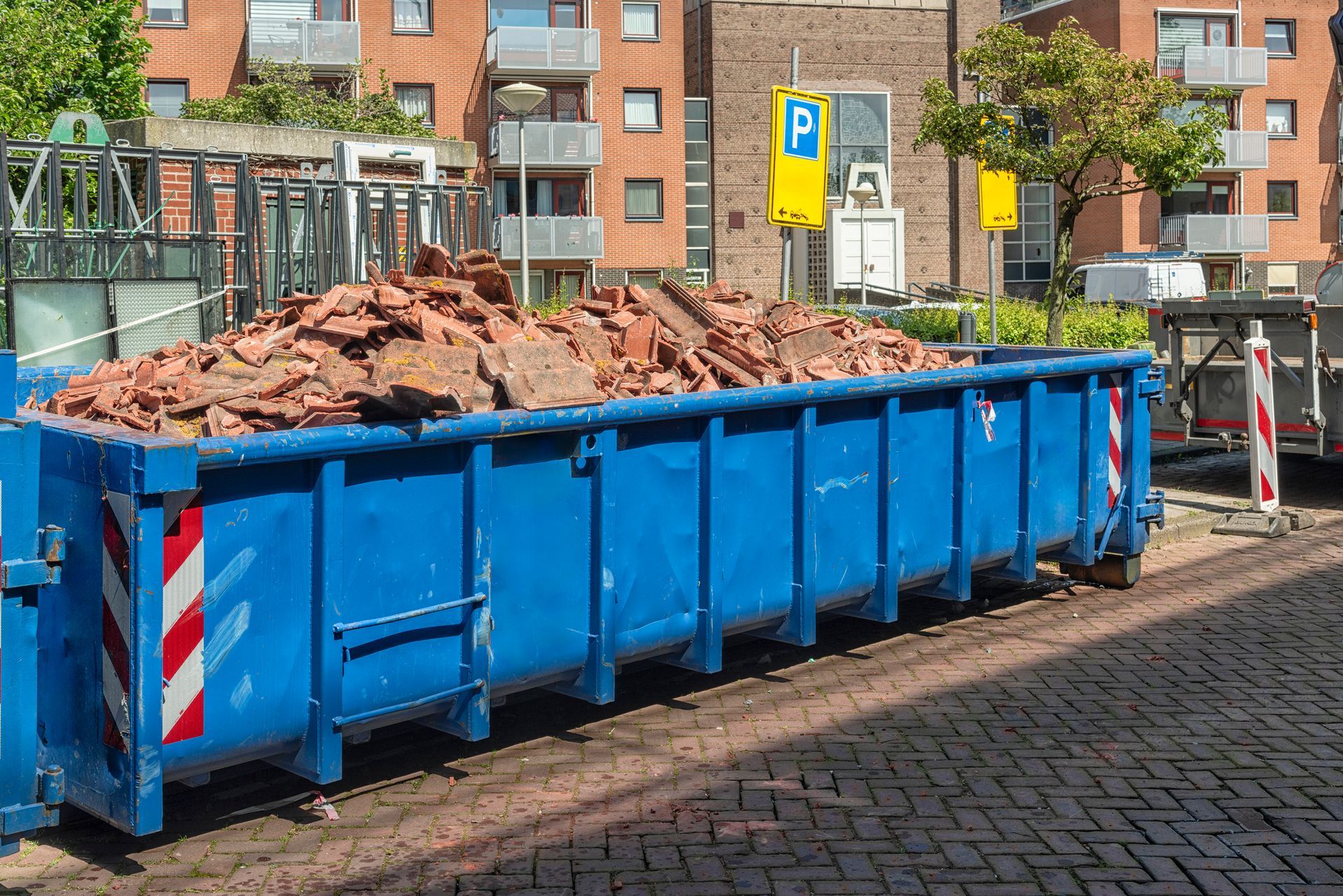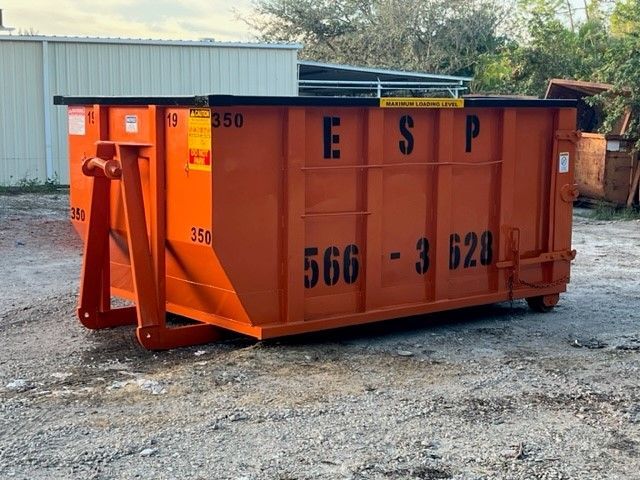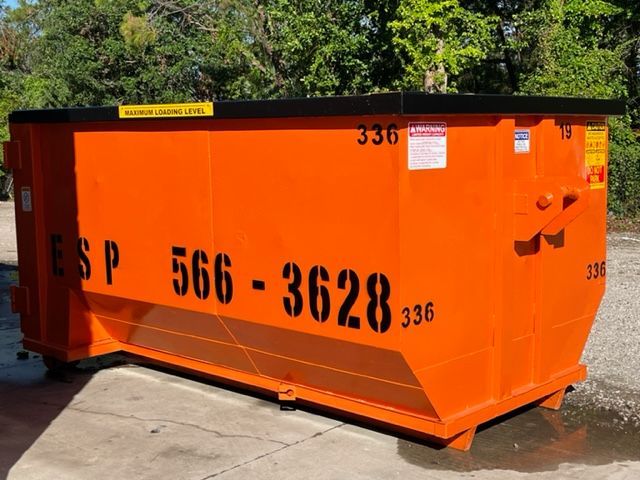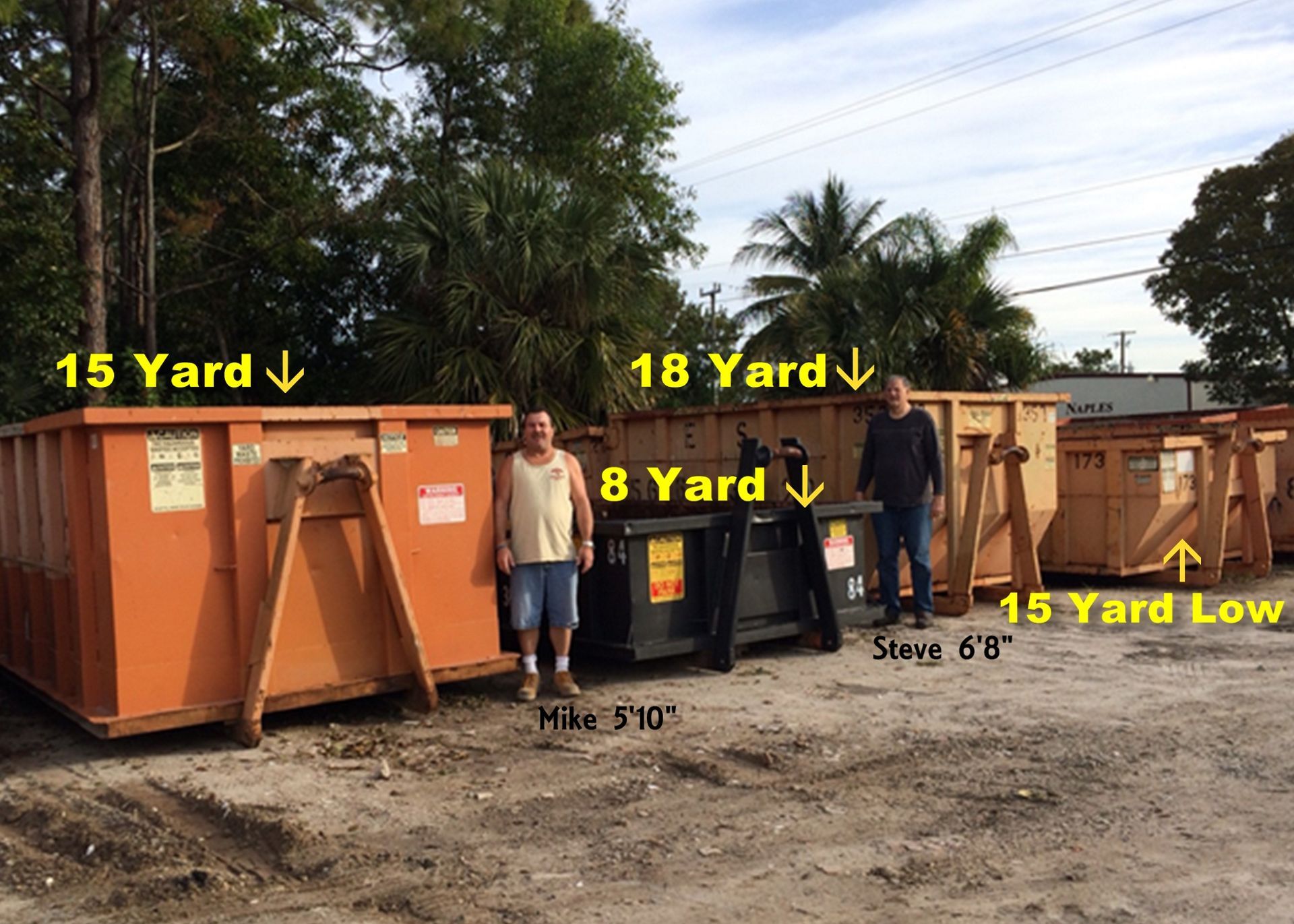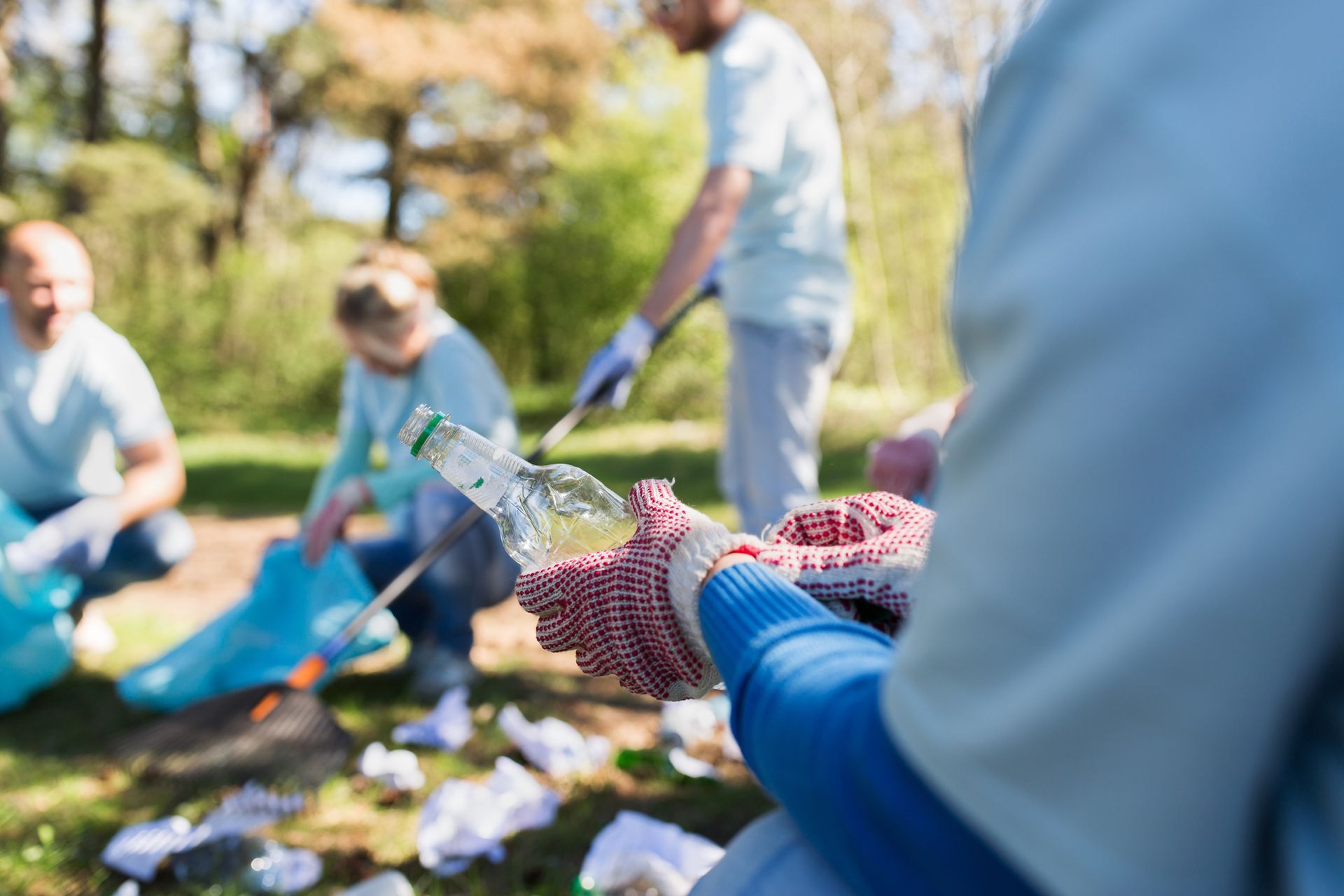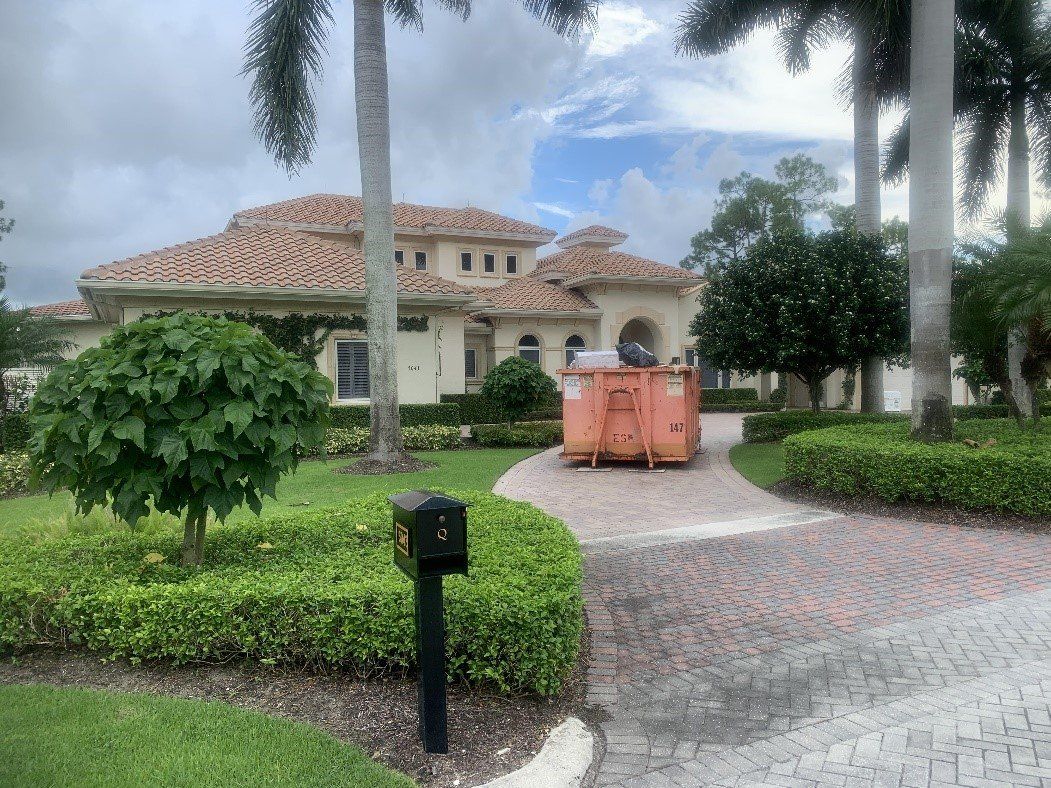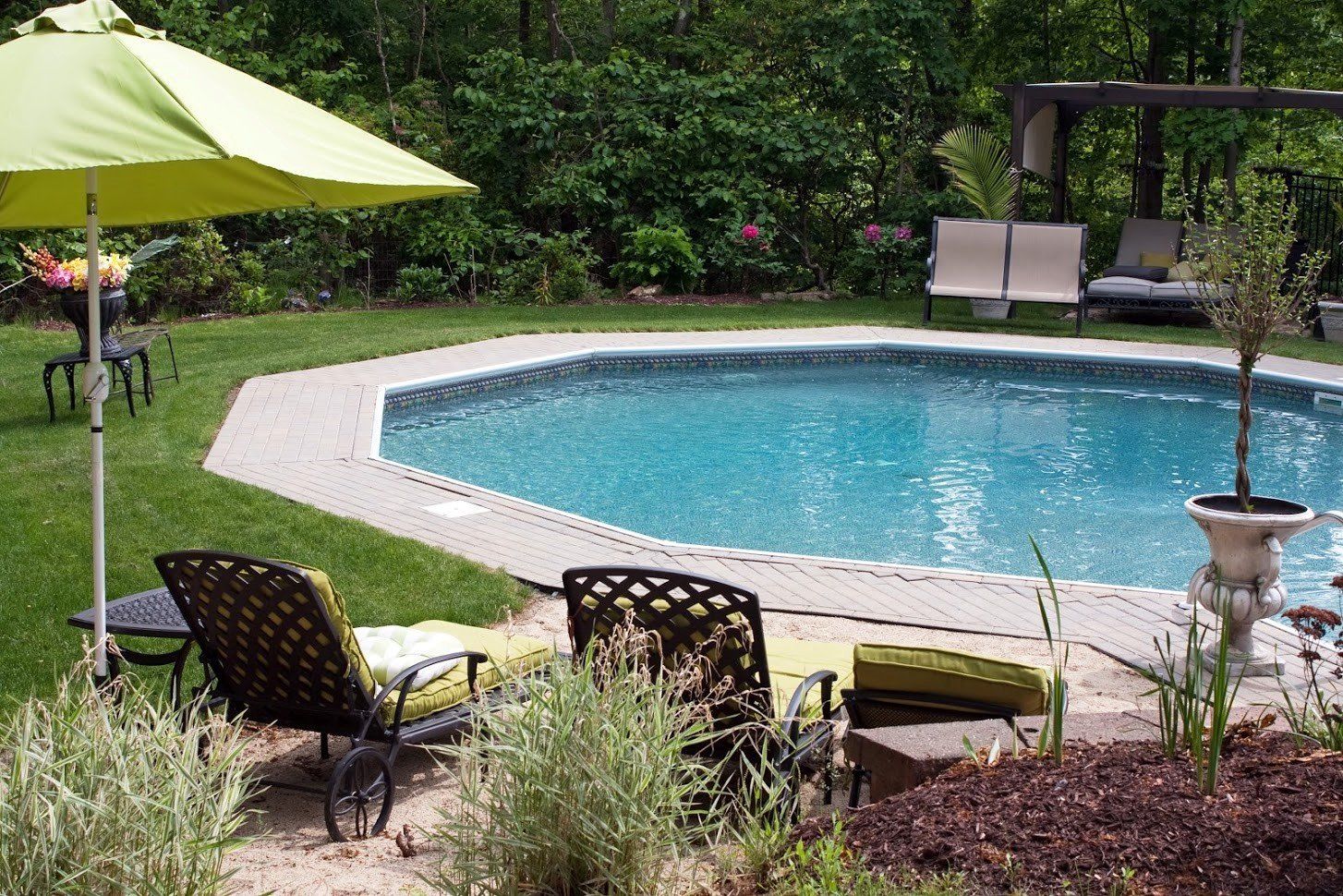3 Things to Know When You Rent a Dumpster for Home Renovation
admin admin • November 6, 2019
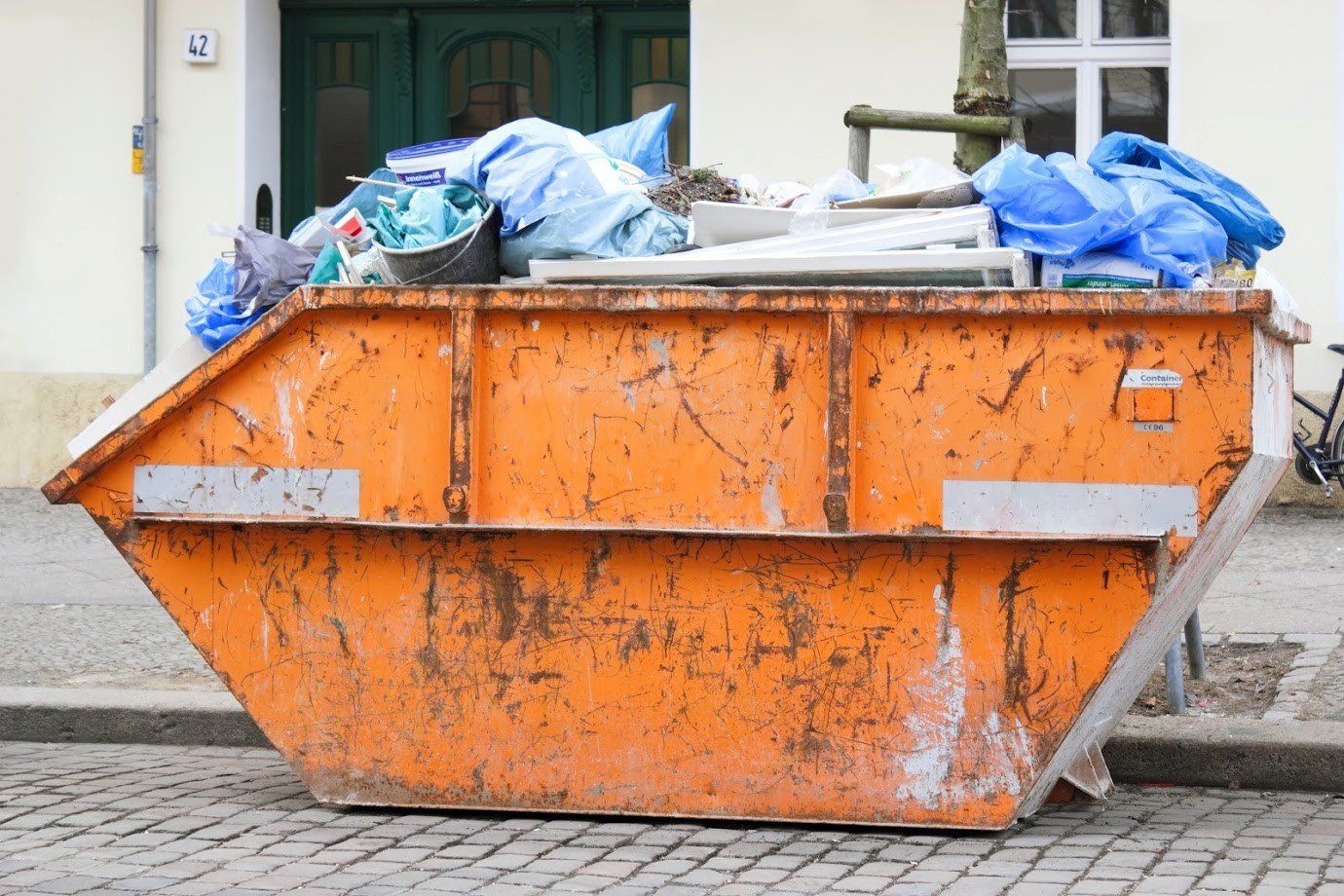
Whether you are doing a major renovation or a small update project, a dumpster makes it much easier to dispose of the construction waste (compared to constant runs to the dump). While dumpsters save time and provide convenience, you should keep these three things in mind so you can avoid some of the dangers and frustrations of having a dumpster at your home.
1. Site Selection
Where you park the dumpster matters. Although it needs to be easily accessible for both pickup and use, it also must abide by certain standards to be safe and legal.
Codes and Regulations
Every city and county has its own laws and code requirements for the placement and duration of use for a temporary dumpster. Your homeowner’s association may place further restrictions on where on your property you can place something like a dumpster.
The rental company is likely aware of local regulations and will help you meet them, but it is your responsibility to check with your homeowner's association for further site rules.
Safety Hazards
Most hazards concern the immediate environs surrounding the dumpster. Don't stack debris around the dumpster, and keep the site clean. Lids should also be closed when the dumpster isn't actively in use so that children and animals can't get inside. If the dumpster is on the street, reflectors and traffic cones may also be required so that motorists are aware of the dumpster's location at night.
Landscaping Concerns
The best place to place the dumpster is on a paved surface, such as a driveway, street, or patio. If you must place a dumpster on the lawn, avoid setting it on top of tree roots or landscape plants. Tie back branches and foliage so that the plants won't be damaged when the dumpster is placed and removed. Further, plan to re-seed or replace the sod if the dumpster will be parked on the lawn for more than a few days.
2. Disposal Restrictions
You may also have to plan for restrictions on what can go into the dumpster. These restrictions are typically enforced by the rental service in conjunction with local and federal regulations, so they can vary slightly depending on your provider.
Types of Garbage
Rental dumpsters provided for construction and renovation projects typically do not allow for normal household waste, so do not throw food or general garbage in the dumpster.
Many dumpsters also have hazardous waste limitations. Hazardous waste typically refers to explosive, corrosive, or volatile materials, such as paint thinners, drain cleaners, and batteries. Consult with the rental service for disposal advice if you have any hazardous materials.
Load Limits
Dumpster also come with weight limits based upon the size of the container. This limit is usually provided on the exterior of the dumpster, and it will also be written inside the rental contract. If your project involves the disposal of lots of heavy materials, such as concrete, inform the rental company upfront so they can help you select the best rental option and pickup schedule for your construction debris.
3. Trespass Prevention
Animals can wreak havoc on a dumpster by creating a mess, while human trespassers can both make a mess and illegally dump into your bin.
Locking Lids
A standard lid keeps animals out that may be drawn to the dumpster to gnaw on paper and cardboard or to even eat glue products inside. To keep humans out, you need to go a step further and use a lock on the lid. Verify that your rental dumpster comes with a clasp for a lock or with an included lock.
Temporary Enclosures
A gate and fence around the dumpster will keep out most human trespassers. Some rental companies also offer temporary fencing options for their dumpsters. If you provide your own temporary fencing, make sure the gate is unlocked during the pickup times for your dumpster.
Contact ESP Waste Disposal Service
for more help with your residential renovation dumpster needs.
